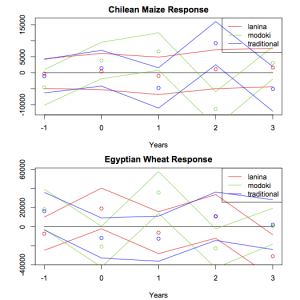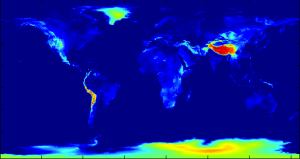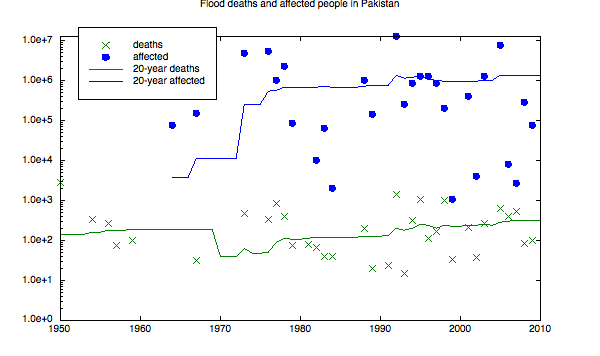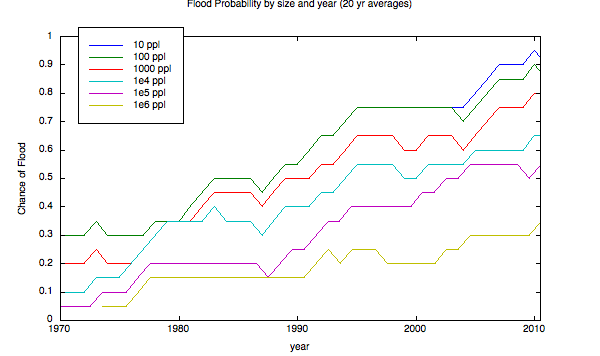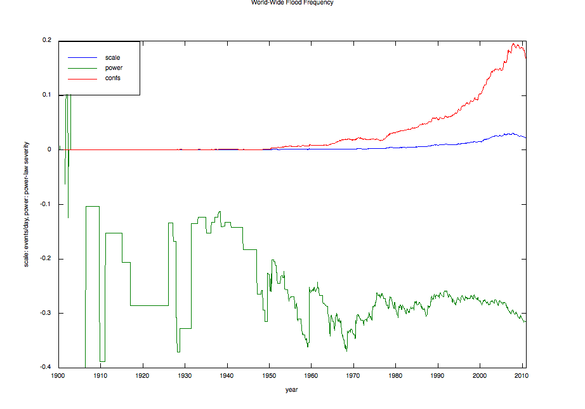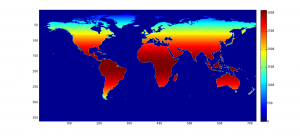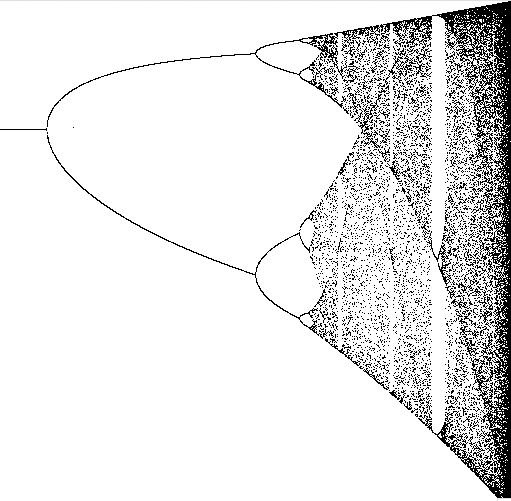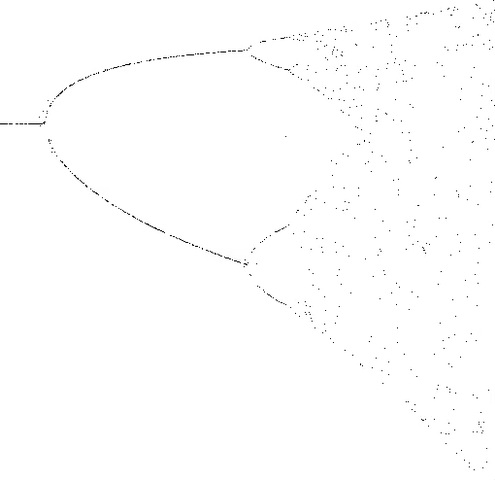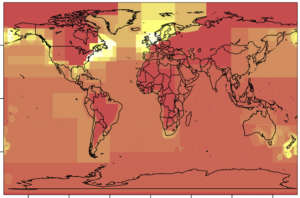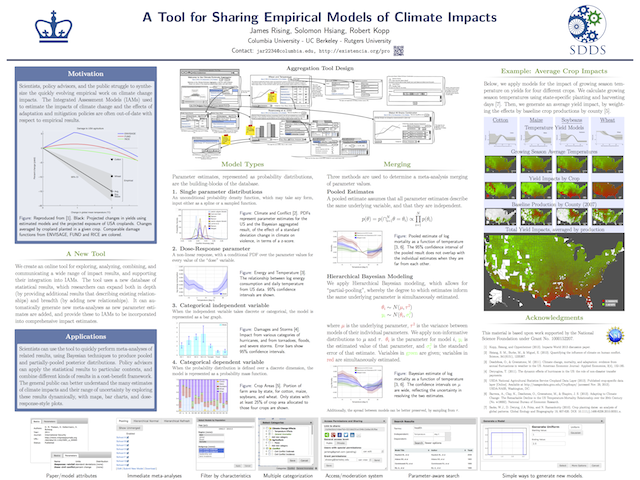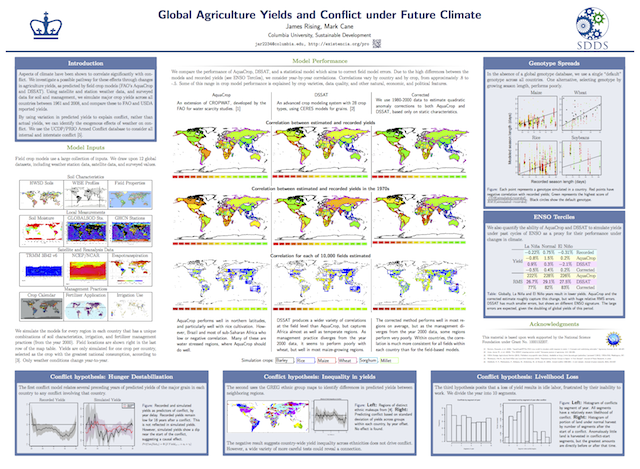Here’s a draft of the short talk I gave at the Multi-Level Governance plenary at the Earth System Governance Tokyo Conference:
Fisheries are an ideal example of the need and potential for multi-level governance. For decades, governments have struggled with overfishing and degradation of marine and inland waters. Small fishing communities, fish stocks and food chains, factory ships, and policy-makers all act on different scales. The various components of fisheries policy—gear and catch restrictions, protected areas, and monitoring—also act on idiosyncratic scales.
Despite decades of experience, fish stocks continue to collapse. This is the consequence of multi-level complexity, and in many ways, the result of a deep tragedy of the commons, playing out across scales and across boundaries. Fisheries are constantly confronted with multi-level issues: multiple stressors, from acidification to invasive species; environmental and human variability; cross-scale issues driven by the scale of fish ranges, environmental forcing, and foreign fleets; and failures of traditional management.  Governance of fisheries that is focused on a single scale cannot effectively manage resources that have their dynamics playing out on multiple levels and multiple scales. Fishery contexts have many of the characteristics that make commons management difficult: ownership rights are weak, dynamics are unpredictable, stocks are mobile and widely dispersed, and outside pressures are strong. Many effective traditional management practices fail when confronted with modern demands. These are many of the same problems confronted in other areas of sustainable development, for example around climate change, water use, and biodiversity loss.
However, multi-level governance exposes possibilities for management that do not exist at any single scale. The basic approach in fisheries multi-level management is called “co-managementâ€: regional and national government acts on a large scale with policies explicitly designed to support local fishing communities acting on small scales. The effective functions of large-scale government include monitoring of fish stocks, setting targets and allotments, identifying ecosystems for protection, enforcing boundaries, capacity building and legitimization, and facilitating communication across boundaries. The local management level, then, is free to ensure fair fishing practices, coordinate amongst stakeholders, identify community needs, and monitor fisherman compliance and boundaries.
More generally, the fishery is an example of a multi-level commons, and I think that many of the lessons from fisheries are applicable to other commons. The potentials for management in the multi-level commons are greater than the traditional commons in a number of ways.
First, regime shifts, and tipping points and resilience, are concrete, measurable phenomena. We see them all the time in fisheries, and they manifest in multi-scale ways. They can be very difficult to reverse, but sometimes they heal far better than we could expect when allowed the room to do so. Strong management can ensure sustainability—we see it in some of the fisheries in California and elsewhere.
Second, uncertainty and unpredictability are a norm of fish ecosystems, and the multi-scale perspective will not diminish that problem. We need robust institutions that can coexist with chaos and catastrophe.
Third, in multi-level situations, spatial organization matters. Models that ignore spatial structures, spatial heterogeneity, spatially-mediated resilience, neighborhood effects and teleconnected regions typically miss important dynamics. Policies that do not support spatial choices or recognize the importance of spatial arrangements can miss important opportunities. Key dynamics play out differently in different areas, and how areas interact with each other is important for governance.
Fourth, boundaries within multi-level environments are not predetermined and where they are drawn can make a huge difference. The divisions that seem natural at one scale can be integral components of another scale, which highlights the opportunities to make important choices. Boundaries create institutions, and they can be formed to delineate groups with common interests and or areas with coherent dynamics. Boundaries allow groups the space to self-organize local institutions.  Boundaries can carve out healthy areas to be maintained, which, through cross-boundary effects, can support sustainability throughout a region.
The construction of institutional boundaries and other government policies has also been at the heart of much harm in fishery commons, by undermining traditional regimes. The process of boundary construction needs to be married to a deep political process that engages both stakeholders and scientists.
Fifth, cross-boundary effects are the norm in multi-level commons. Whether they are in the form of the benefits beyond boundaries of protected areas, or cross-boundary pollution, or the impact of exploitation of resources on scales greater than that of a given community, when a commons is situated within a large area, the larger scale dictates the constraints of the local commons.
A wide range of empirical questions remains to be addressed, but there are two challenges that ahead that are most central. First, we need to better understand how multi-level and multi-scale perspectives can be incorporated into our quantitative models, to form new techniques of asking multi-level research questions, and to bring those results into the policy realm.
Second, inequality is a core factor and a key challenge for multi-level governance. The history of local fisheries management is centered around transfers of power, often across levels of exploitation—either through centralization, or to the much larger players that come with greater market forces. Early critiques of the privatization of the commons focused on the inequality that it created. The measurement of success in fisheries—whether by maximum yield or maximum economic benefit—is politically charged.
I recently attended a talk by E.O. Wilson, where he gave “Wilson’s Lawâ€: “If you save the living environment, the biodiversity that we have left, you will also automatically save the physical environment too. But if you save only the physical environment, you will ultimately lose both.â€
We need to find a place in our world for healthy relationships with our ecosystems and the people who rely on them. Thank you.

